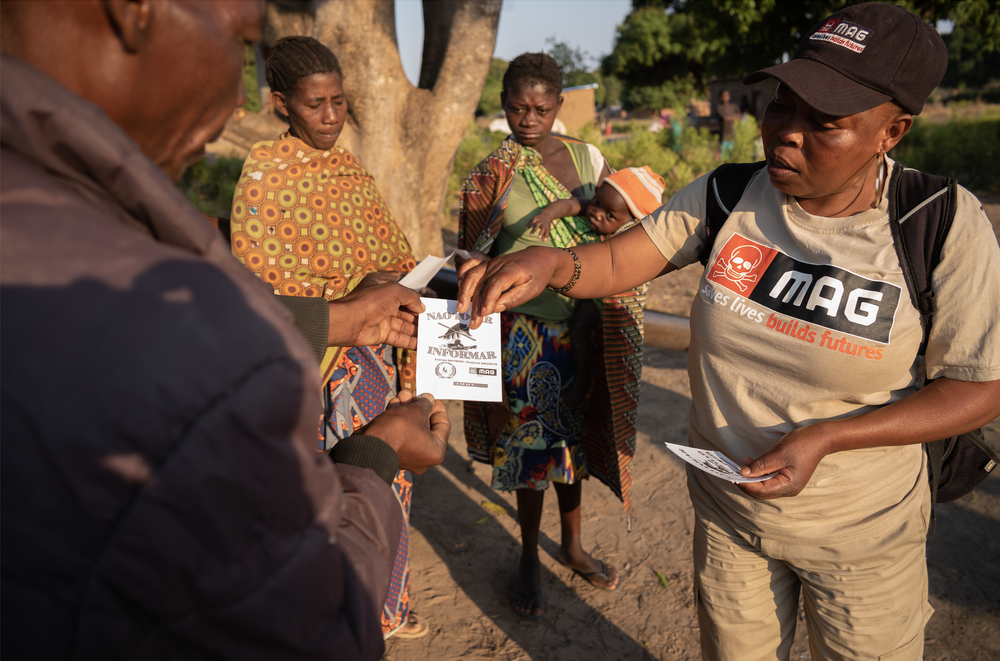There is something daunting about embarking upon the creation of a new strategy for an organisation with some 35 years of history, more than 6,000 staff spread across 30-plus countries and carrying out difficult – and sometimes dangerous – work in communities afflicted by conflict and armed violence.
But probably not as daunting as taking your first steps in a minefield as one of MAG’s newly trained deminers, mindful that your training is not simply to ensure you do your job well, but also to ensure you go home safely at the end of the day.
And not as daunting as an ordinary day in an ordinary life of one of those 60 million people globally who still live with the risk of landmines and who know one wrong step could lead to trauma and tragedy.
Holding fast to that sense of perspective – and anchoring our thinking to the lived experience of our staff and the communities we exist to serve – proved invaluable as we negotiated the intellectual and sometimes emotional labyrinth of developing a roadmap for MAG for the next five years.
Like many journeys, this was one where we knew the destination, but we weren’t sure what it would look like on arrival and, on the eve of departure, weren’t entirely sure how we would get there. The acceptance of that imperfection – that it would be impossible to map out every single step, with certainty and precision – was at least half the battle.

And instead of trying to be precise about methodology, we instead established principles to hold us together on a journey where we fully anticipated twists and turns along the way. These principles were simple enough:
One: We would do it on our own. Nobody knew our organisation better than we did, we felt, and appointing external consultants would lead to needless waste – in both time and money.
Two: We would involve our staff at every level. The beating heart of MAG has never been in our central office in Manchester but always in the countries where we work. Extracting the insight of our experienced and passionate colleagues would be essential.
Three: We would involve communities. To not seek out and listen to the views of those we exist to help would have been not just stupid but negligent. What were their priorities? How did they perceive our work?
Four: We would seek the help of trusted external stakeholders. Asking our donors and partners for their views along the way (are we heading in the right direction, folks?) didn’t just give us reassurance, it also led to invaluable fresh thinking.
Five: We wouldn’t rush it. We gave ourselves the best part of a year, punctuated by intense periods of internal engagement and activity, to manage the workload and to buy time for reflection.
Six: We would keep it simple. Our new strategy would be described using plain English and it would be relatively brief – which is why we describe it as a Strategic Framework – and accessible.
Seven: Once complete, we would be purposeful about sharing it with those staff who informed it in the first place. It’s now been translated into multiple languages and discussed in places as diverse as the open-air rest area of a minefield in Vietnam and the meeting room of a hotel in Ukraine.
Our new strategy doesn’t seek to do everything. That’s impossible. But it does provide a framework for our decision-making for the next five years. It sharpens and re-asserts our core purpose; it identifies three very clear priorities to help us fulfil that purpose; and it makes two commitments to transform the way in which we fulfil that purpose.
Above all, our new Strategic Framework is one that we are confident will be ‘owned’ by our staff in the many countries where we work. It will be relevant, relatable and – perhaps most important of all – deliverable.
Read more about our 2024-2028 strategy at the link below.





